Brazil’s Trindade Island, an isolated volcanic refuge about 1,140 km away from the mainland, has always held a magnetic appeal for scientists. However, the recent discovery of ‘plastiglomerates’ – rocks interlaced with plastic – on this island has sent a ripple of alarm through the scientific community.
For geologist Fernanda Avelar Santos, from the Federal University of Parana, the sighting of these peculiar rocks, the physical evidence of pollution transitioning into geology, was both fascinating and terrifying. Melted remnants of fishing nets, dragged by marine currents and heated by elevated temperatures, have morphed into these new geological formations, marking human beings’ deepening influence on the planet’s geological cycles.
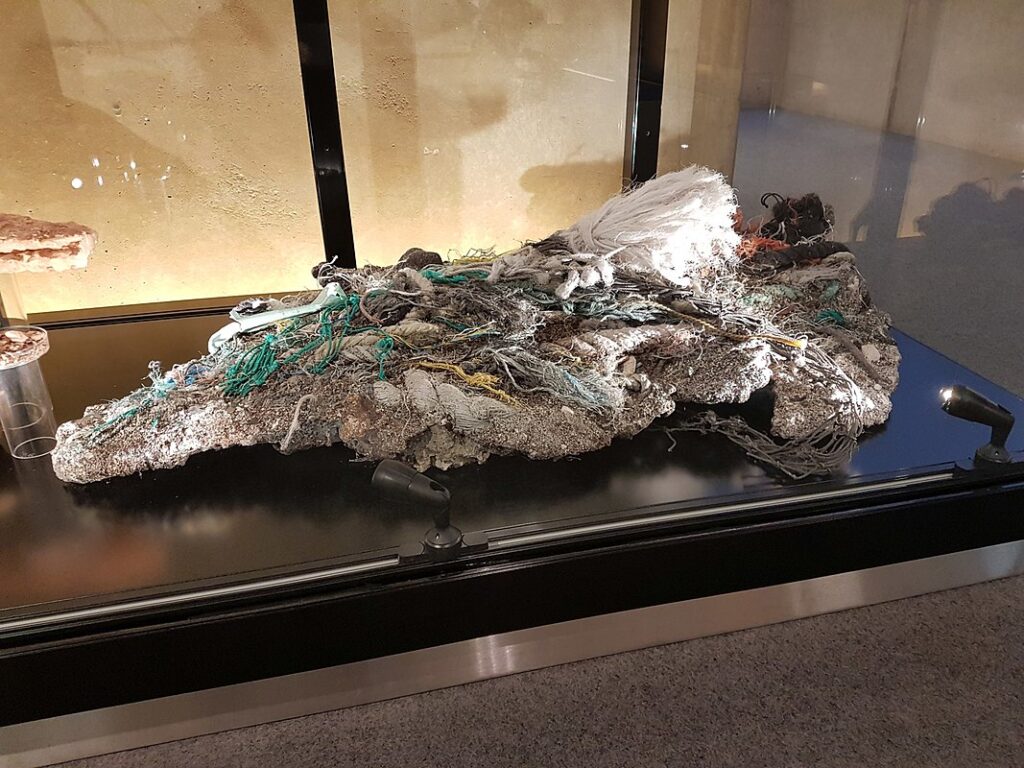
The Anthropocene Era Comes Alive
Santos’ findings resonate with ongoing discussions about the Anthropocene epoch, a proposed geological era marked by human impact on Earth’s geology and ecosystems. The identification of these plastiglomerates brings to life the fact that plastic waste dumped haphazardly into the oceans has begun to leave a permanent imprint on the geological records of Earth. The Anthropocene epoch is no longer a mere theoretical proposition – it has manifested itself on the shores of Trindade Island.
Ecological Woes of an Isolated Paradise
Trindade Island is renowned for its marine biodiversity, particularly as one of the most important nesting grounds for the globally endangered green turtle, Chelonia mydas. The Brazilian navy maintains a base on the island, ensuring the conservation of this pristine habitat and guarding turtle nests. However, the recent findings of ‘plastic rocks‘ near Turtle Beach, a protected nature reserve, cast a shadow of grave concern over the island’s ecological wellbeing. As the plastiglomerates erode, there is a potential risk of microplastics seeping into the environment, posing a severe threat to the island’s ecosystem and food chain. The long-term impact of such pollution on the nesting and survival of the green turtles, and other native species, is an unsettling unknown that needs further exploration.
Similar Post
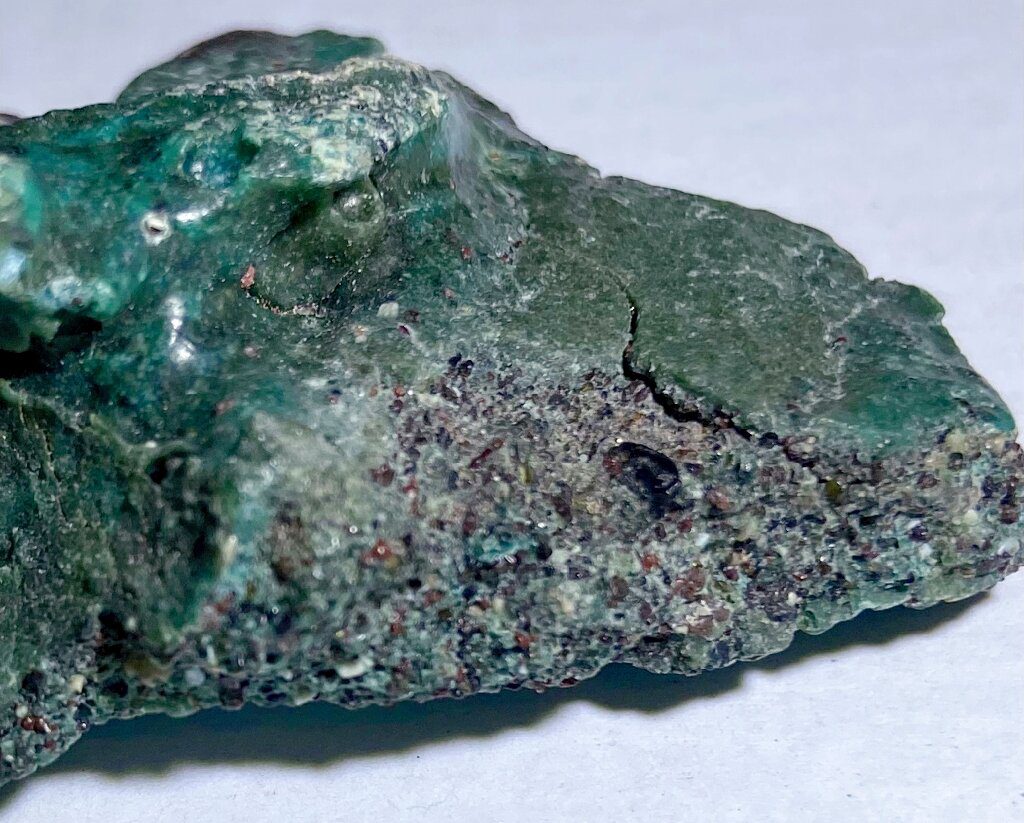
Global Precedents and Continuing Research
Interestingly, Trindade Island isn’t the first site to report the occurrence of plastic rocks. Similar formations, including plastiglomerates and pyroplastics, were earlier discovered in regions like Hawaii, Britain, Italy, and Japan since 2014. The research team led by Santos also identified a previously undocumented type called “plastistones,” reminiscent of igneous rocks. What sets Trindade Island apart is its extreme isolation, making it the remotest place to have witnessed this unnatural phenomenon. Santos and her team continue to scrutinize the plastiglomerates to understand their composition, formation processes, and potential environmental impacts.
Conclusion: A Call for Urgent Intervention
The tale of Trindade Island reveals an unsettling narrative about the seismic shifts human activities have induced on our planet. Plastic pollution, once perceived as a superficial concern, is literally becoming etched in the geological history of Earth, indicating the urgent need to rethink our consumption and waste management patterns. The Anthropocene epoch is not a distant future, but a present reality, echoing the urgent need to reshape our interactions with the environment.
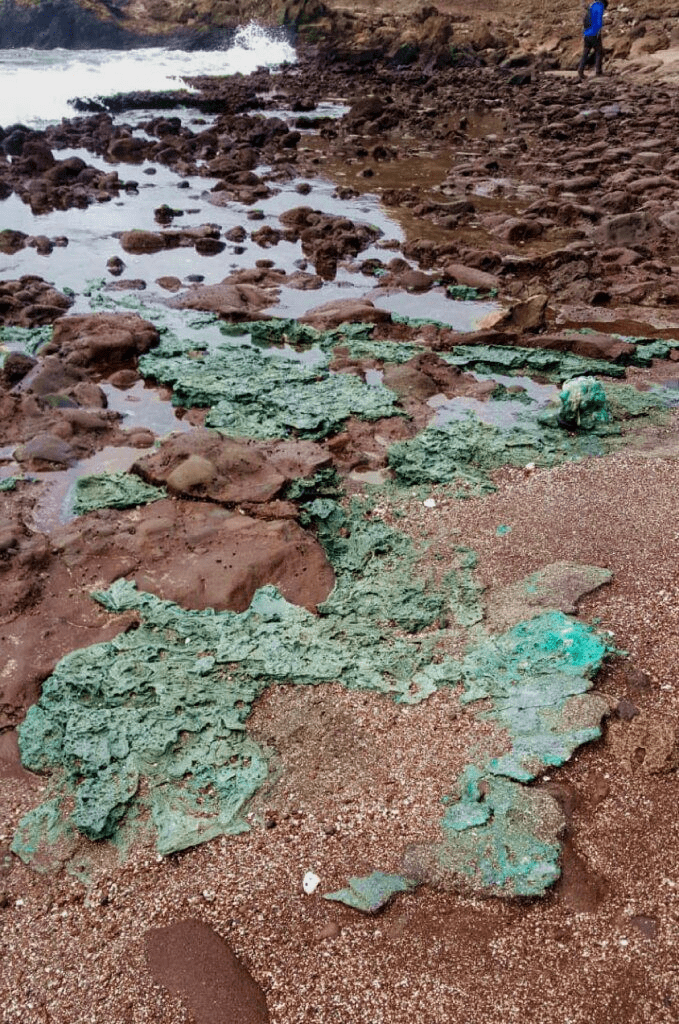

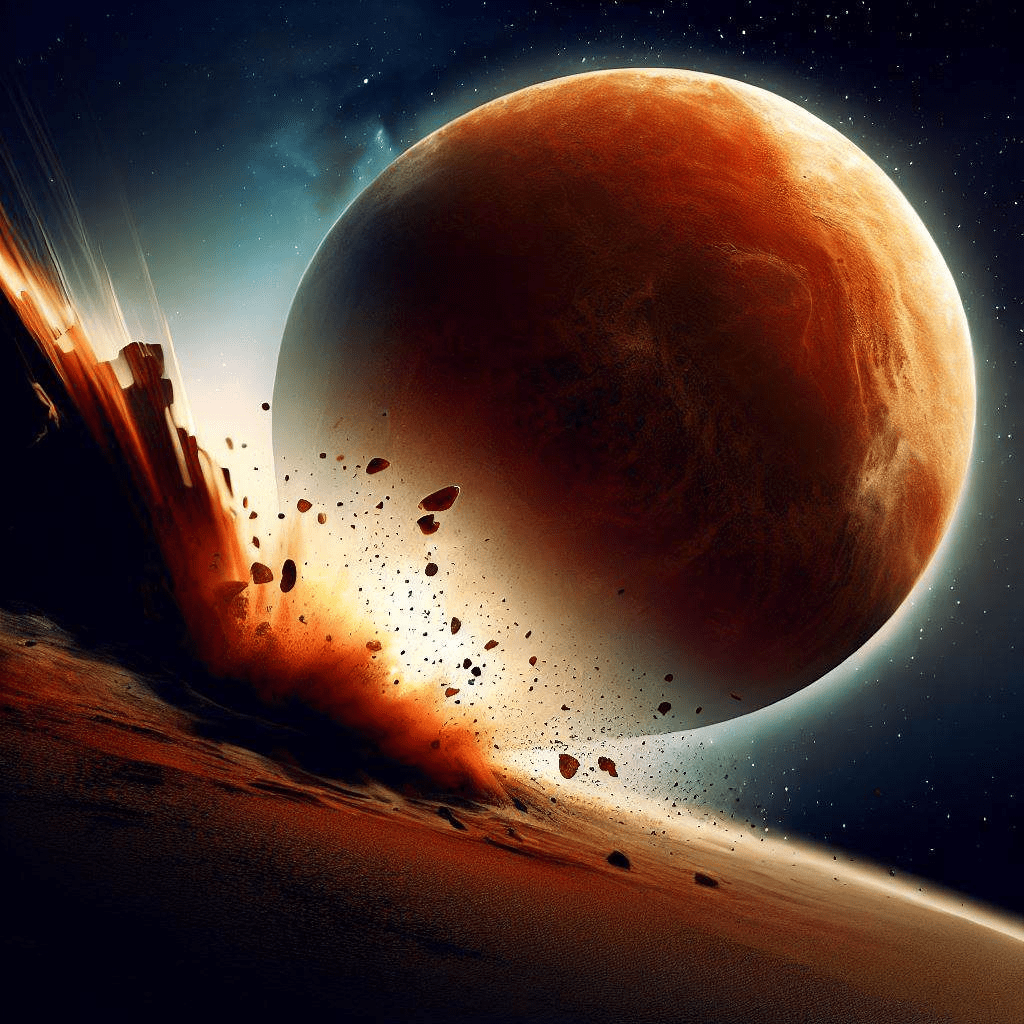












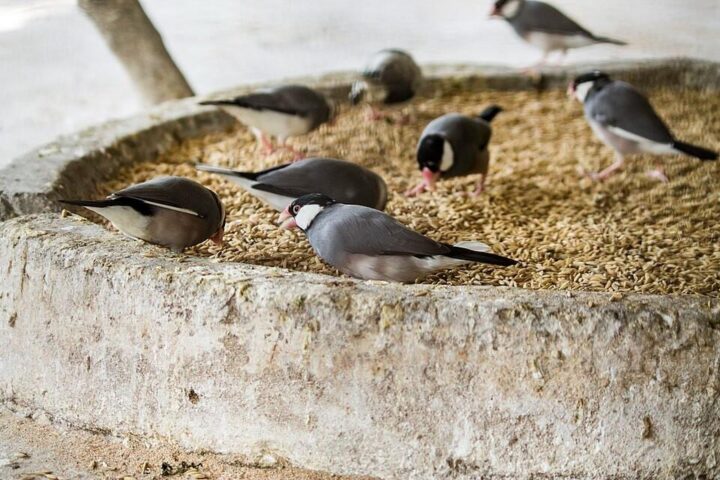

![A male [[Great white shark]] off [[Isla Guadalupe]], [[Mexico]]. Along with many [[Mackerel scad|Mackarel scads]] seen in the background. Photo Source- Terry Goss (CC BY-SA 3.0)](https://www.karmactive.com/wp-content/uploads/2025/06/White_shark-720x480.jpg)
